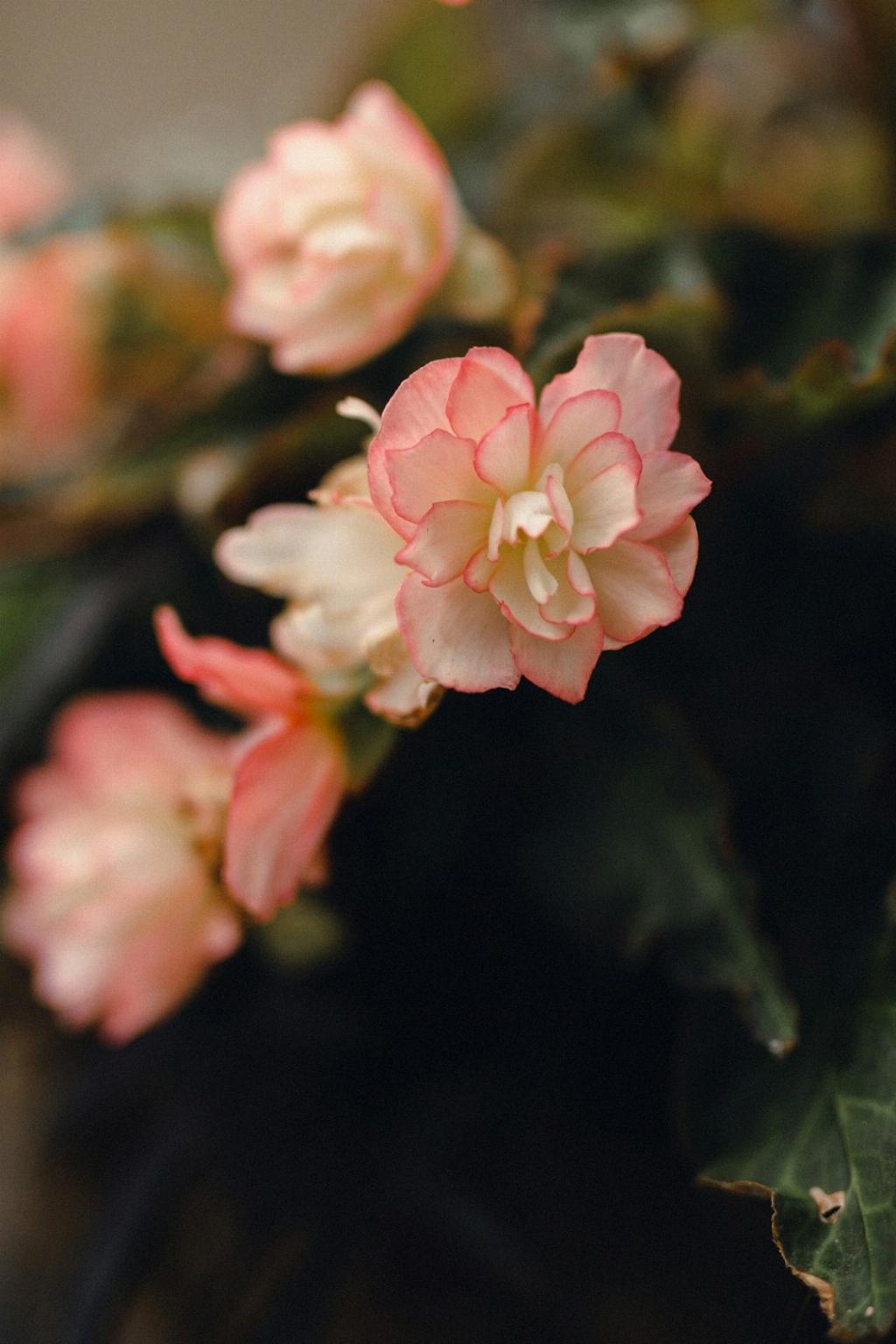During the colder months, it is essential to provide adequate protection for your begonias, ensuring that they survive and thrive when temperatures drop. Here are some expert tips on how to successfully winter a begonia:
Assess the Type of Begonia
Before you begin the winterization process, it is crucial to identify the type of begonia you have. Whether it is a tuberous begonia, fibrous begonia, or rex begonia, each variety may require slightly different care during the winter months.
Prepare for Transition
As temperatures start to cool in the fall, it is time to prepare your begonias for the transition indoors. Gradually reduce watering and fertilizing to allow the plants to enter a dormancy period.
Bring Outdoor Begonias Indoors
Outdoor begonias should be brought indoors before the first frost hits. Choose a bright location that receives indirect sunlight to ensure your plants continue to thrive during the winter.
Adjust Watering Schedule
During the winter months, begonias require less frequent watering compared to the growing season. Make sure the soil remains slightly moist but not waterlogged to prevent root rot.
Monitor Humidity Levels
Begonias thrive in relatively humid conditions. To mimic their natural habitat, consider using a humidifier or placing a tray of water near the plants to maintain adequate humidity levels.
Control Temperature and Light
Keep begonias away from drafty areas and sudden temperature fluctuations. Maintain a consistent temperature range of 60-70°F (15-21°C) for optimal growth. Provide adequate light by placing the plants near a window with filtered sunlight.
Inspect for Pests
Before bringing your begonias indoors, thoroughly inspect them for any signs of pests or diseases. Treat any infestations promptly to prevent them from spreading to other plants in your collection.
Prune and Clean
Remove any dead or yellowing leaves from your begonias to promote healthy growth. Wipe the leaves gently with a damp cloth to remove dust and debris that can inhibit photosynthesis.
Monitor for Signs of Stress
Throughout the winter months, keep a close eye on your begonias for any signs of stress, such as wilting or yellowing leaves. Adjust your care routine accordingly to address any issues promptly.
Prepare for Spring
As winter comes to an end, gradually acclimate your begonias to increasing light levels and temperatures to prepare them for the upcoming growing season. Resume regular watering and fertilizing to promote new growth.
Enjoy Beautiful Begonias Year-Round
By following these expert tips on how to winter a begonia, you can ensure that your plants remain healthy and vibrant throughout the colder months. With proper care and attention, you can enjoy beautiful begonias year-round, both indoors and outdoors.

